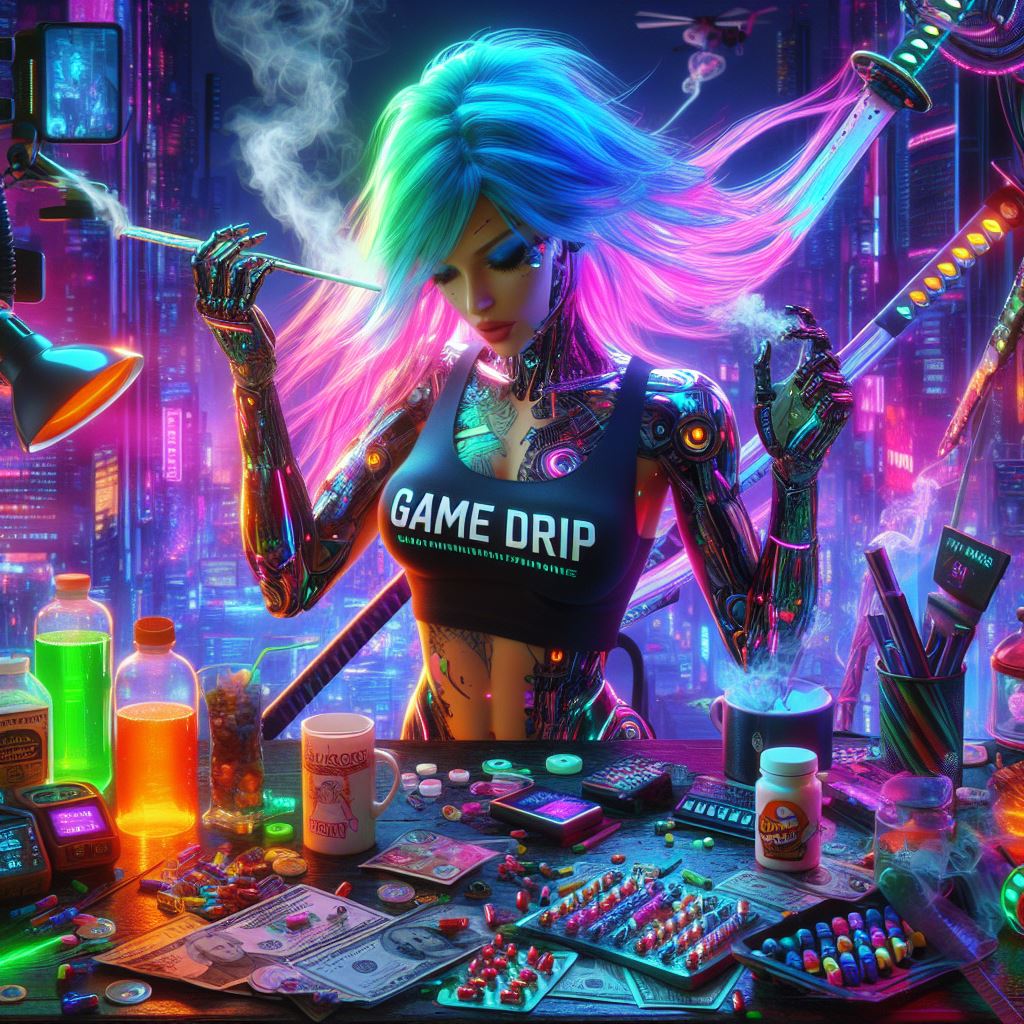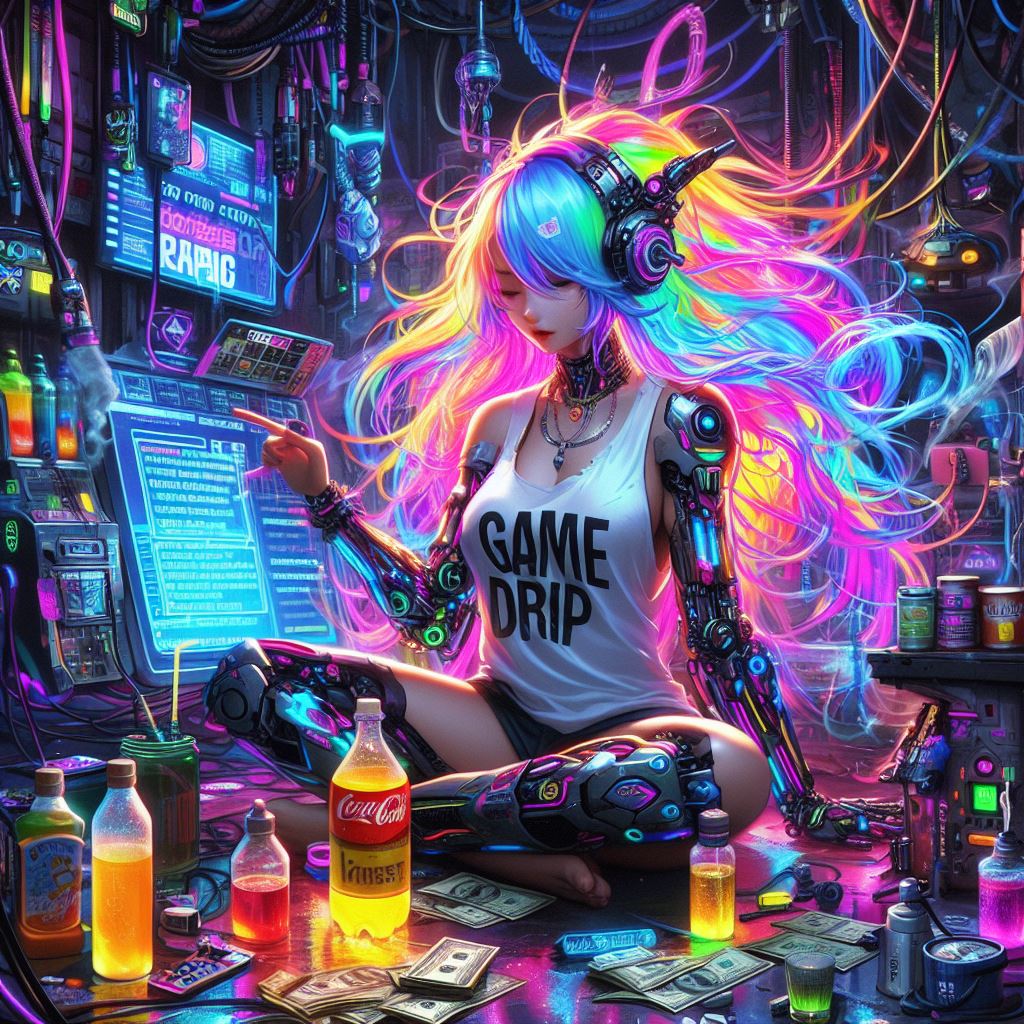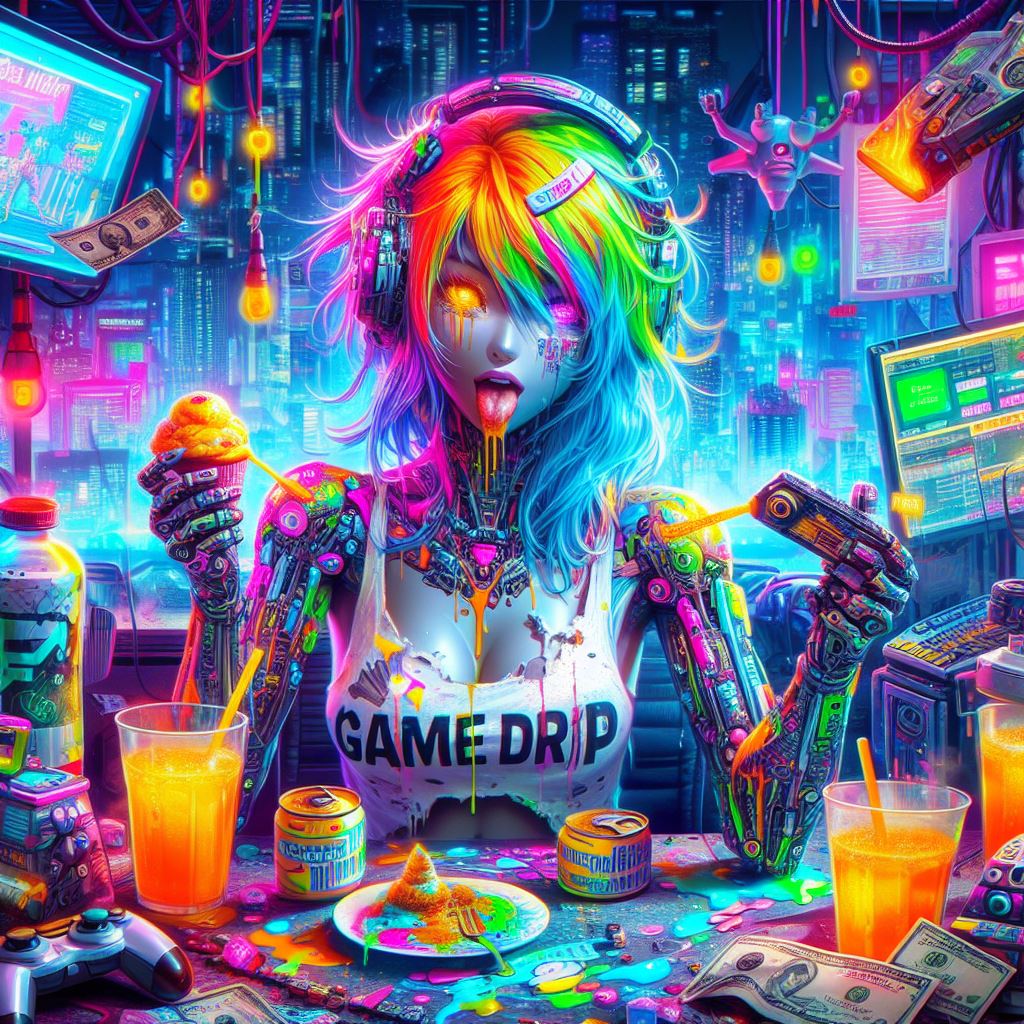As featured on New Minecraft Servers
#Bravegenz
BraveGenz, a Fully Custom Coded, Minehut Generator server, where you can do many things and see many sights. You’ll find our spawn, that includes a crates area, countless buildings and locations to explore. You can explore the farming area, where you’ll find Farmer Eric, who will give you a Crooked Hoe to start with, you can then farm up some wheat, and trade it to Eric to get 1 Flour (256x Wheat), you can also sell your Flour to Baker Alex instead to get tokens. You can then head over to Farmer Michael, who gives offers for hoe upgrades. Once you’ve got enough flour to upgrade your hoe, you’ll instantly notice a difference when farming, you’ll get extra drops, and Extra XP! The next hoe upgrade after, will lead you to unlock a new crop, the Carrot Crop! Each carrot farmed will get you 12x Carrots added to your inventory, you can then trade 256x Carrots to Farmer James, for Gold. You also have the ability to sell the gold to Baker Alex, for even more tokens than the Flour! You can also spend your tokens in /tokenshop, which will get you special items, that are worth the grind. Oh, and there’s one more Hoe Upgrade, but you’ll have to come to the server to check that one out. Now onto the Generator Aspect of BraveGenz, you start in the spawn, with some enchanted netherite tools, some crate keys and a generator, in front of you will be a hologram, explaining how to start your experience on BraveGenz, and the crates, to use your keys on. Once you’ve used your crates, you’re sure to have some money, or more generators at higher tiers, than just plain and boring, tier 1. After you’ve used the /start command, you’ll be able to place down your generator on your own personal plot, of which you’ll be teleported to. You can also trust 4 of your friends/alts to your plot (in total)! Once an item has generated, you’ll be able to use /sell, to sell the item for some of that cash. Once you’ve got money, type /shop, to open up a shop gui where you can purchase items to create an automatic generator setup, purchase more generators, or even make your plot look nice. Now to upgrade your generators, to get make them, well.. upgraded. you’ll get more money out of them, it’s sort of like investing, paying a fee to get more over time. You will have to right click while crouched, to upgrade your generator. Now to pick up your generator, simply just left click while looking at it, and it’ll go straight into your inventory, with a satisfying sound effect. Back to crates, you can get the Vote Crate, by using the /vote command, and typing your username, which can get you some really cool items, like the Gallant Rank, which is a purchasable rank in-store, so if you get extremely lucky, you’ll get some cool perks, they’ll be viewable in store. You can also get generators, tokens, and money! So make sure to do your daily votes! There’s also the Common Crate, the Rare Crate, Epic Crate and Legendary Crate, from worst to best, you can also get the gallant rank from legendary keys. You can get these keys from keyalls, and the Token Shop. Now to talk about, the store. In the store you can purchase Ranks, and more will later be added, these Ranks include perks such as more genslots, keys on purchase, /keyall, /fly, some cash on purchase, and much more!



















![GriefWars – Hardcore SMP [3 Lives] [PVP] [Anarchy] [Terraform]](https://game-drip.com/wp-content/uploads/2024/04/gamedrip-news-trending-6979.jpg)

